Colloquium Program
The colloquium is a cooperation with VINAR (Vienna Network for Atmospheric Research) and GeoSphere Austria (former ZAMG).
All talks are open to the public - no registration necessary!
Date: Tuesday from 16:30h - 18:00h
Room: 2F513 (Exner-Room), Josef-Holaubek-Platz 2, UZA 2, 1090 Vienna and online!
-
04/10/2022 - Clément ESTÈVE: "Seismic evidence for the trans-lithospheric nature of the Tintina Fault in the northern Canadian Cordillera"
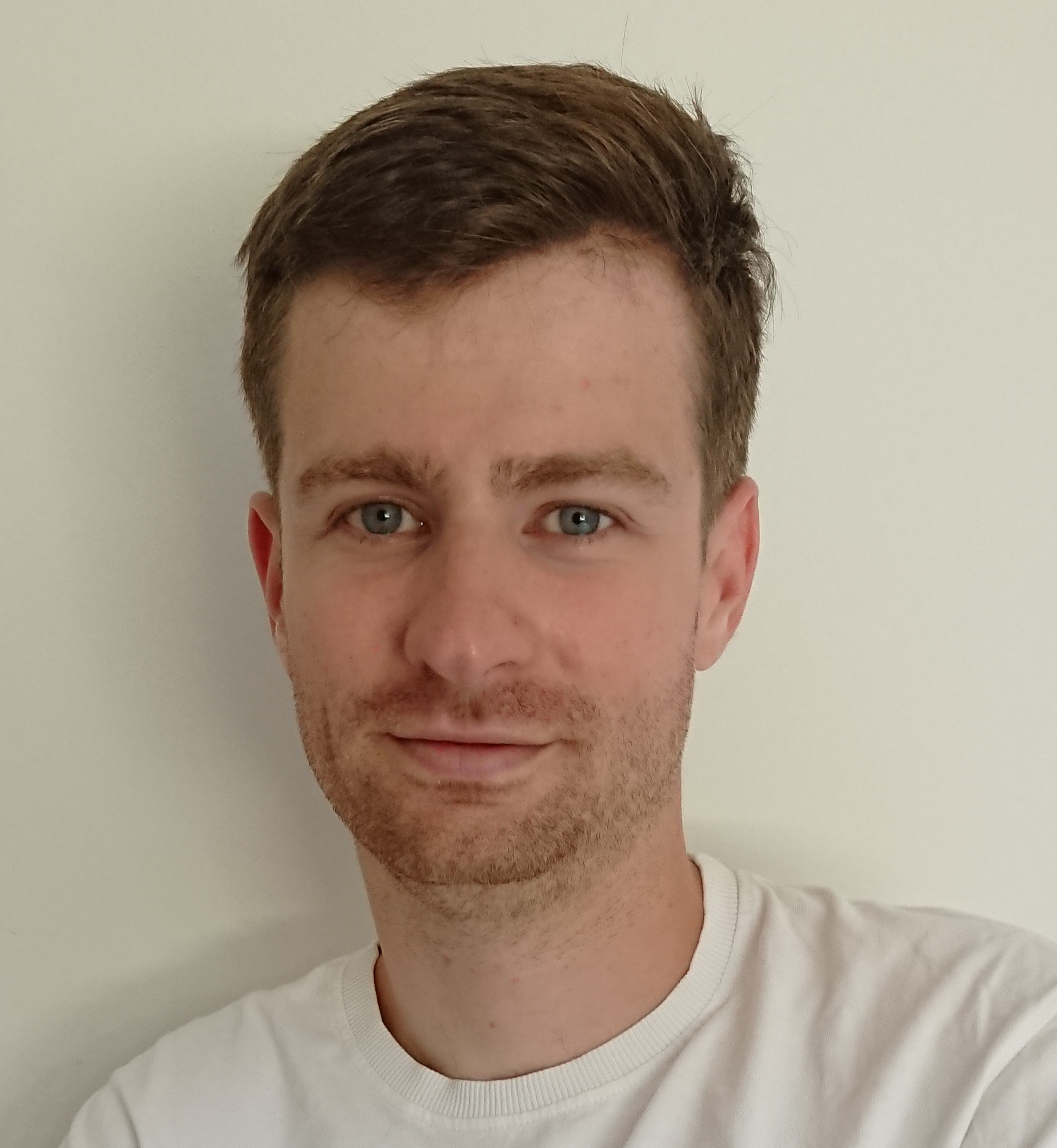
© Estève Clemént Estève (Department of Meteorology and Geophysics, University of Vienna)
The northern Canadian Cordillera (NCC) of northwestern Canada is segmented by several margin-parallel, right-lateral, strike-slip faults that accumulated several hundred kilometers of displacement between the Late Cretaceous and the Eocene. The depth extent of these faults, notably the Tintina fault (TF), has important implications for the tectonic assemblage and evolution of NCC lithospheric mantle, but geophysical models and geochemical data remain inconclusive. Using a recent three-dimensional P-wave seismic velocity model, we resolved a series of sharp (∼10 km) P-wave velocity contrasts (∼4%) at uppermost mantle depths beneath the surface trace of the TF. Seismic anisotropy data that represent upper-mantle fabrics revealed similar changes in the orientation and magnitude of anisotropy in the vicinity of the TF. These data suggest that the TF is a lithospheric-scale shear zone. After restoration of 430 km of right-lateral displacement along the TF, fast P-wave anomalies align with the outline of the North American craton margin. We propose the fast anomaly structure currently located in eastern Alaska represents a fragment of the Mackenzie craton that was chiseled and displaced to the northwest by the TF between the Late Cretaceous and the Eocene. A second cratonic fragment currently located in the southern NCC may be associated with the Cassiar terrane at upper-mantle depth. These observations provide the first evidence that large lithospheric-scale shear zones cut through refractory mantle and produce major lateral displacement of cratonic mantle material within cordilleras worldwide.
Tuesday, 16.30h to 18.00h
Location: Room 2F513, (Exner-Raum), Josef-Holaubek-Platz 2, UZA 2, 1090 Vienna
-
18/10/2022 - Simona BORDONI: "Aquaplanet monsoons: Dynamics and energetics of their maintenance and their response to climate changes"
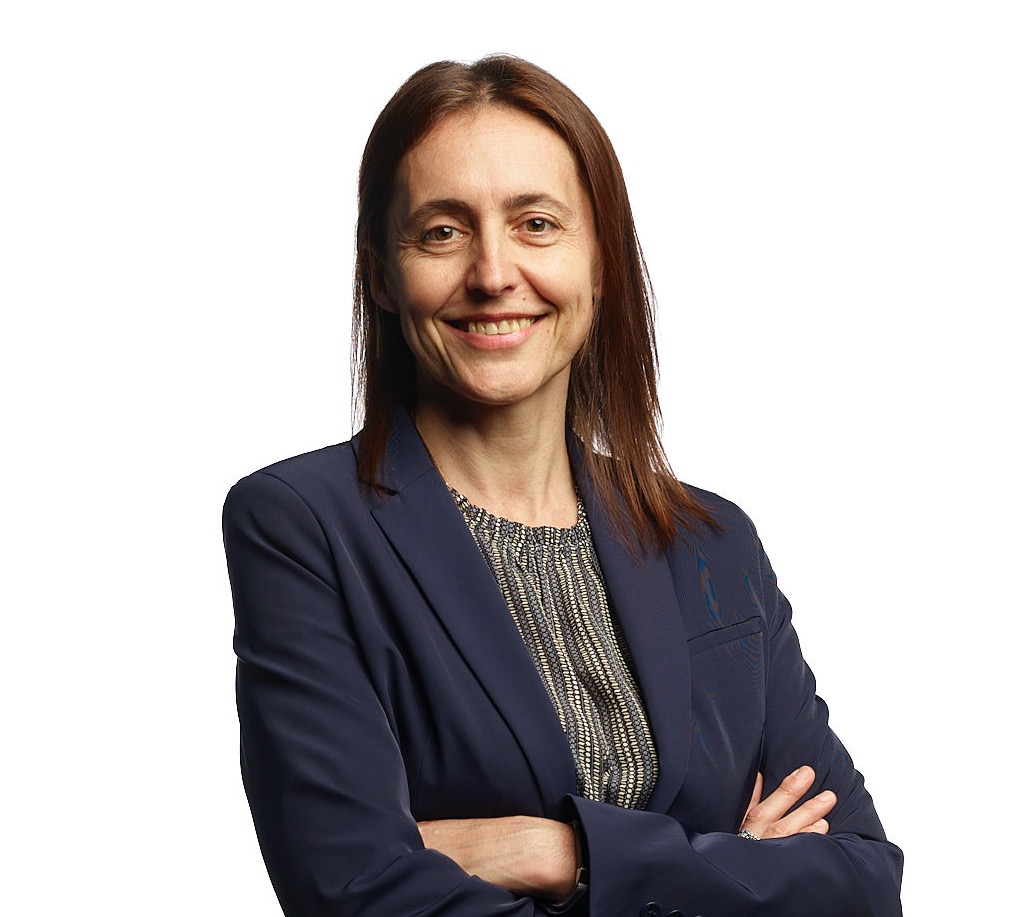
© Bordoni Modelling work in the past two decades has showed how monsoons can be simulated even in aquaplanet configurations that lack any land-sea contrast, provided that the heat capacity of the lower boundary is small enough to allow for rapid adjustments of the surface fluxes to the seasonally varying insolation forcing. This line of investigation has contributed to the emergence of a novel theoretical view of monsoons as regionally localized seasonally migrating cross-equatorial Hadley circulations, rather than continental-scale sea breezes. In this talk, I will review the theoretical progress made, with a specific emphasis on the constraints on the tropical circulation, and associated convergenze zones, provided by the momentum and energy budgets. I will also discuss how these constraints help isolate fundamental mechanisms that, implicated in the response of aquaplanet monsoons to climate changes, might also be at play in both more comprehensive simulations and observations.
Tuesday, 16.30h to 18.00h
Location: Room 2F513, (Exner-Raum), Josef-Holaubek-Platz 2, UZA 2, 1090 Vienna
-
15/11/2022 - Michael McPHADEN: "La Niña Came to Eden" Online and in room 2F513
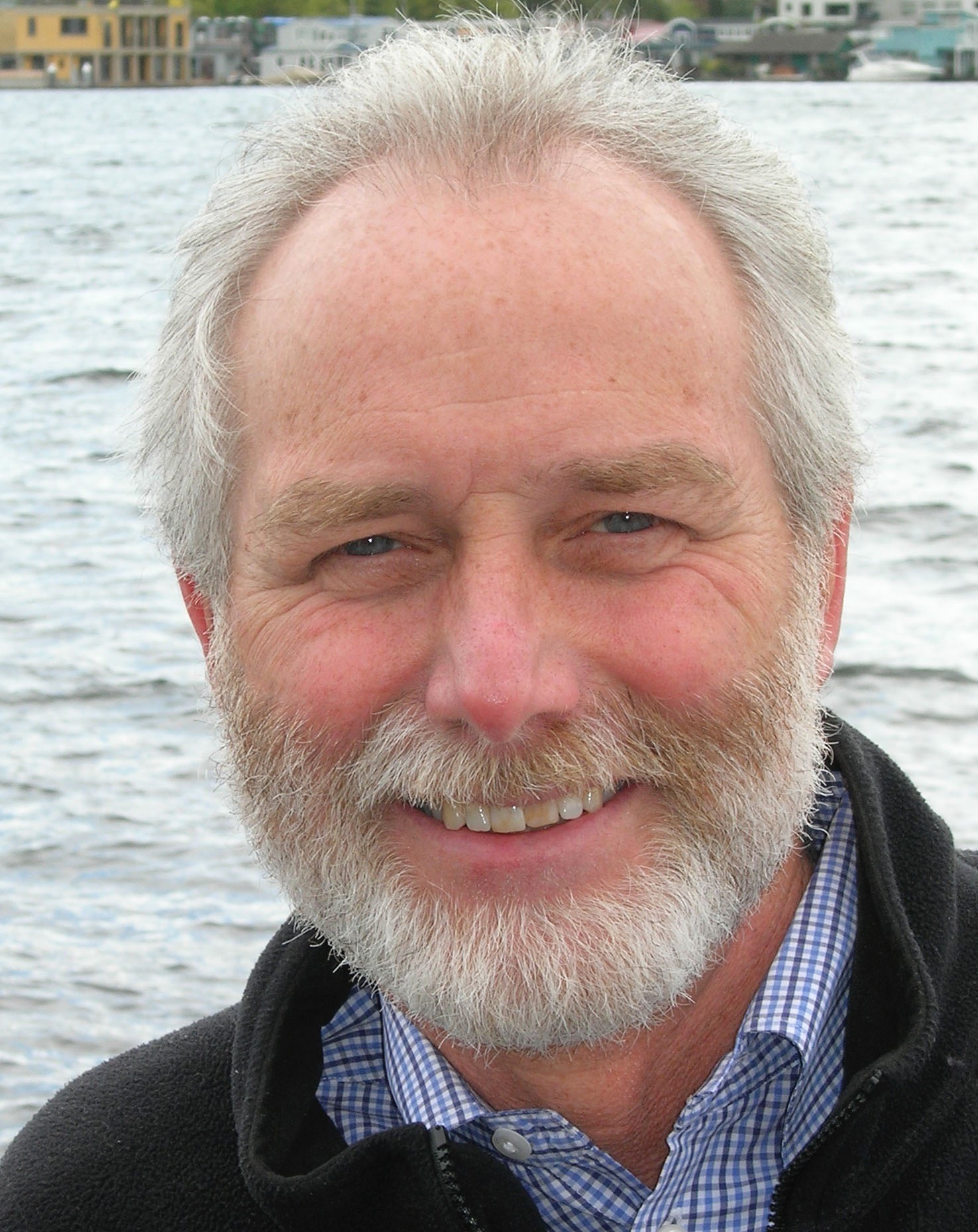
© McPhaden Michael McPhaden (NOAA/PMEL)
This presentation tells the previously untold story of how prolonged La Niña conditions in the tropical Pacific affected the fates of German and Austrian expatriate settlers involved in the sensational “Galapagos Affair” of the 1930s. The settlers’ bizarre intrigues and struggles to endure on Floreana Island in the Galapagos archipelago were chronicled in a 1936 memoir by one of the survivors entitled “Satan Came to Eden”, which served as the basis for a 2013 Hollywood documentary by the same name. We use a century-long atmospheric reanalysis and other data sources to describe how an extended La Niña-induced drought during 1933-35 influenced the human drama that unfolded on Floreana island.
Tuesday, 16.30h to 18.00h
Location: Room 2F513, (Exner-Raum), Josef-Holaubek-Platz 2, UZA 2, 1090 Vienna and online!
-
22/11/2022 - Ulrich PÖSCHL: "Aerosol and Multiphase Interactions at the Interface of Earth and Life Sciences" Online and in room 2F513
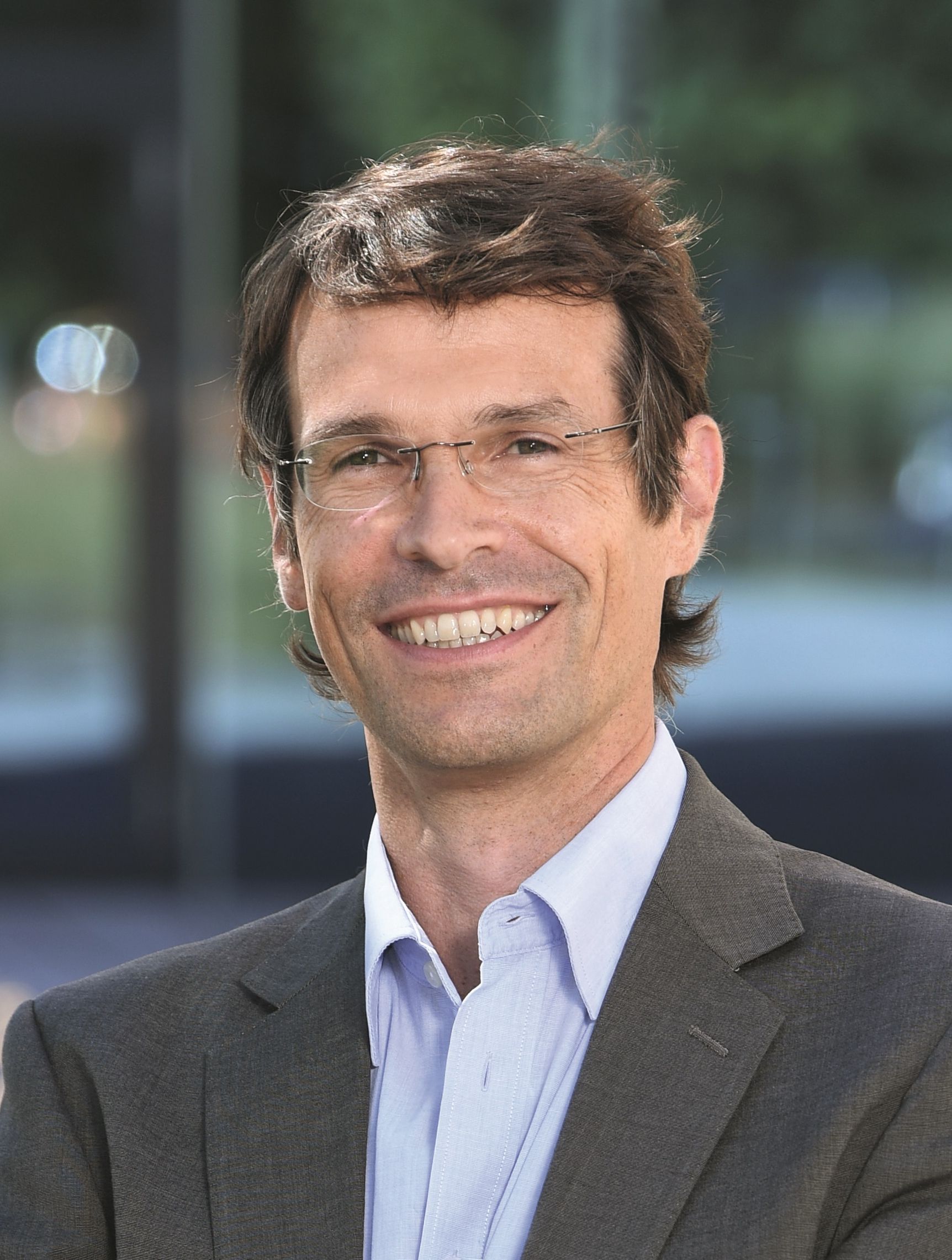
© Pöschl Ulrich PÖSCHL (Max Planck Institute for Chemistry)
Aerosol and Multiphase Processes play important roles in the Earth system as well as in physiology and the propagation of life. The presentation will provide an overview of such processes and some recent advances in the understanding of aerosol-cloud-climate interactions and of aerosol health effects. Among the topics are the impact of fine particulate matter (PM2.5), biological and respiratory aerosol particles on non-communicable and infectious diseases, and the efficacy of different protective measures against the transmission of SARS-CoV-2/COVID-19 (distancing, ventilation, masks etc.)
Tuesday, 16.30h to 18.00h
Location: Room 2F513, (Exner-Raum), Josef-Holaubek-Platz 2, UZA 2, 1090 Vienna and online!
-
29/11/2022 - Tamara PINTERICH & Tobias RECKLING: "Knowledge Valorisation Support at the University of Vienna" Online and in room 2F513
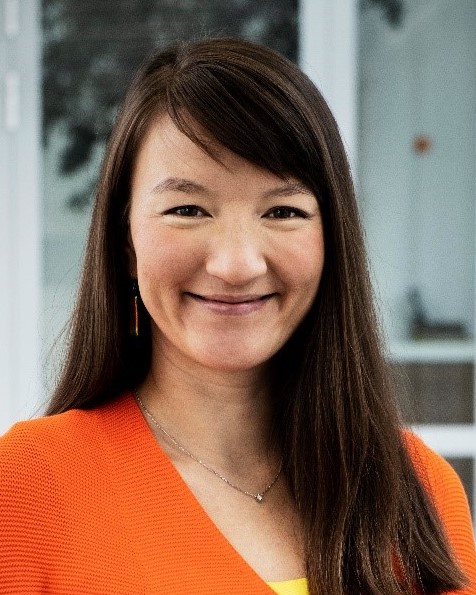
© Pinterich 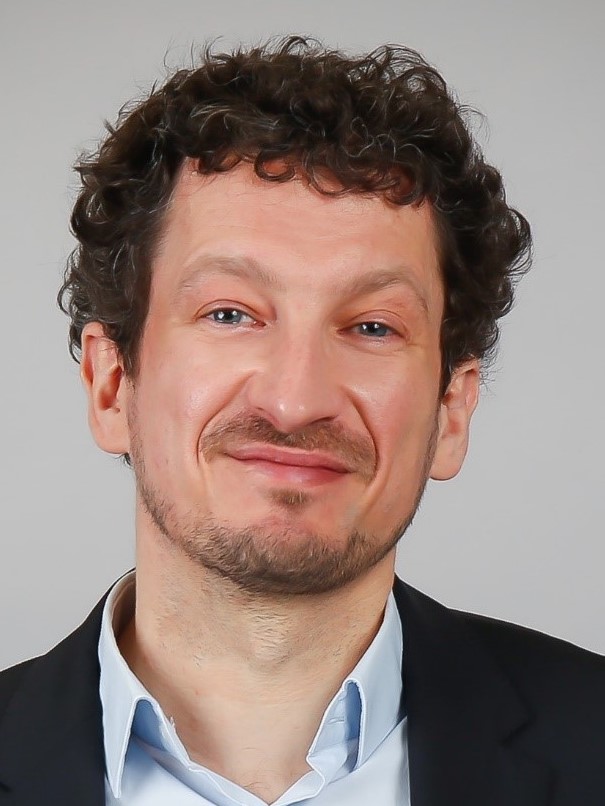
© Reckling Tamara PINTERICH & Tobias RECKLING (Universität Wien - Research Service and Career Development)
We work at the Knowledge Exchange, Technology Transfer and National Funding Office, the University body promoting innovation and catalyzing the societal impact of research.We advise and help researchers to maximize and exploit the outcome of their research and valorize new knowledge in different ways.To get you acquainted with our services, we will introduce our team and discuss knowledge valorization related aspects (IP, Entrepreneurship, and Industry Relations). We will elaborate on how we can help identify, valorize and protect IP. Finally, we will inform you about entrepreneurship and related activities at the University of Vienna.
Tuesday, 16.30h to 18.00h
Location: Room 2F513, (Exner-Raum), Josef-Holaubek-Platz 2, UZA 2, 1090 Vienna and online!
-
06/12/2022 - Nikolina BAN: "Regional Climate Simulations at the Kilometer-Scale Grid Spacing" Online and in room 2F513
Nikolina BAN (UIBK)
Mountains play a major role in shaping the weather and climate of the world but the current understanding of mountain climate and how it will change with further warming of the atmosphere is still very limited. The uncertainty is in large part related to the coarse grid spacing of current climate models (12-50 kilometers in regional and >50 kilometers in global climate models), which are not able to properly represent the complex mountainous orography and related processes. Thus, employing climate models with a kilometer-scale grid spacing provides a promising path. Here, I will present results based on multi-model ensemble simulations performed with a km-scale horizontal grid spacing over the region of Europe (focusing on the European Alps) and High Mountain Asia conducted within international programmes (i.e., within CORDEX-FPS: Coordinate Regional Climate Downscaling Experiment - Flagship Pilot Study) and results based on an individual model using a GPU-capable version of the COSMO (COnsortium for Small-Scale MOdelling) climate model. The presentation will focus on the added value of high-resolution models in simulating present-day climate and future changes of the mountain climate.
Tuesday, 16.30h to 18.00h
Location: Room 2F513, (Exner-Raum), Josef-Holaubek-Platz 2, UZA 2, 1090 Vienna and online!
-
13/12/2022 - Lukas STRAUSS: "Predicting icing-related production losses in wind power - from turbine scale to power-grid scale" Online und in Raum 2F513
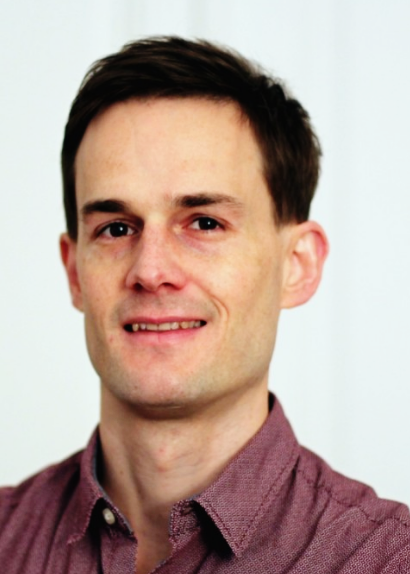
© Strauss Lukas STRAUSS (Austro Control Digital Services GmbH)
Turbine icing is among the most impactful weather phenomena in wind energy, causing disruptions in power production, energy trading and power-grid operations. The forecasting of icing-related production losses is challenging on several fronts, from prediction of the complex meteorological icing process to modelling the technical behaviour of an iced wind turbine. In this talk, approaches to the problem at different spatial scales will be discussed and current use cases will be presented for Austria and beyond.
Tuesday, 16.30h to 18.00h
Location: Room 2F513, (Exner-Raum), Josef-Holaubek-Platz 2, UZA 2, 1090 Vienna and online!
-
24/01/2023 - Cyril BRUNNER: "Carbon Dioxide Removal: the final stretch towards net zero" Online and in room 2F513

© Brunner Trackling climate change is one of the biggest challenges of the coming years. Virtually all scenarios that limit warming close to 1.5°C use Carbon Dioxide Removal. During the colloquium, we will discuss why climate straegies rely on Carbon Dioxide Removal, what Carbon Dioxide Removal can or cannot contribute to our climate strategies and what are the major challenges of Carbon Dioxide Removal are.
Tuesday, 16.30h to 18.00h
Location: Room 2F513, (Exner-Raum), Josef-Holaubek-Platz 2, UZA 2, 1090 Vienna and online!
